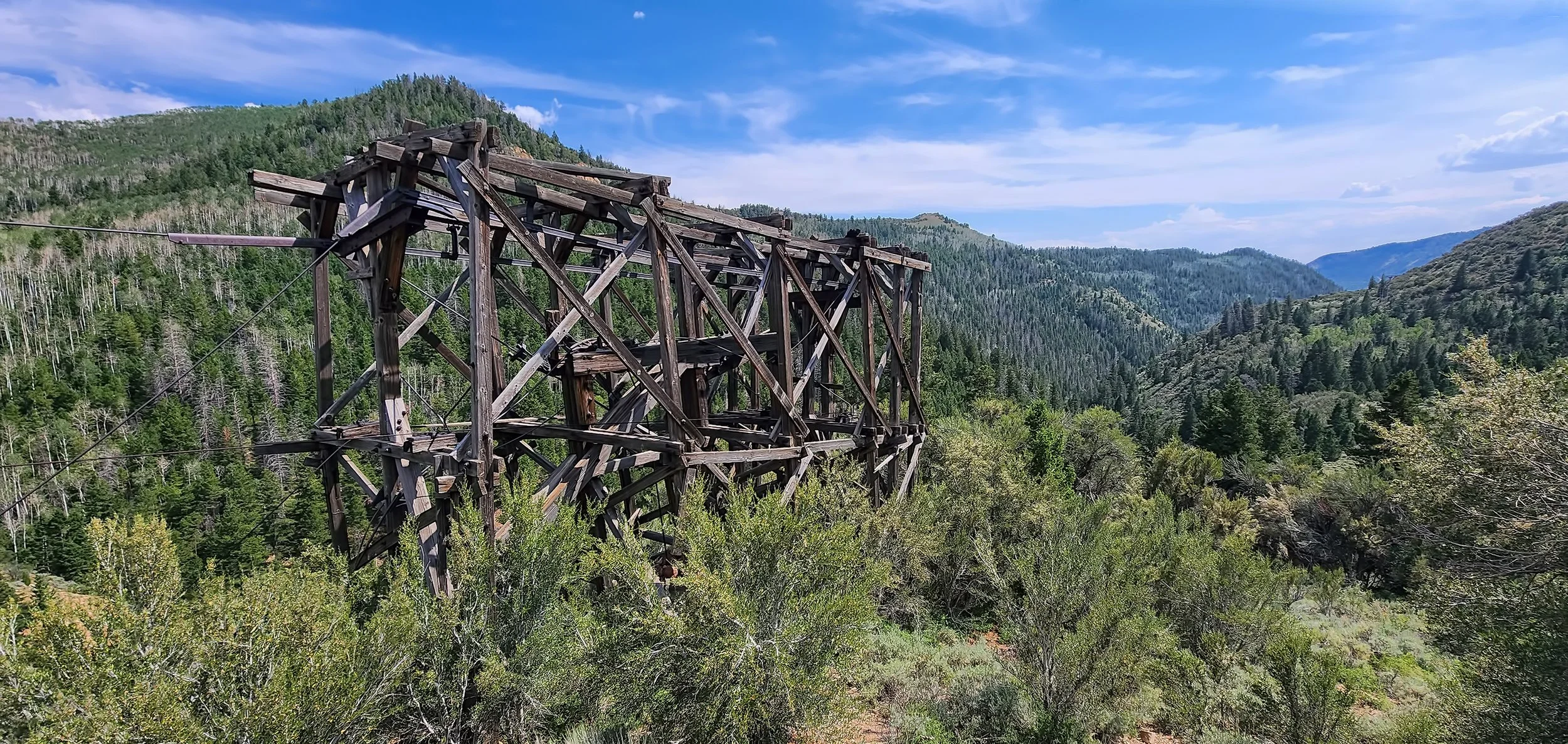of this Osprey who clearly has a bead on me as I capture this image of the siblings. The smaller chick was quite vocal, and with two youngsters, I can understand why the house is a mess.
Adult Osprey with two juveniles (Pandion haliaetus).
Shot this afternoon with a tripod-mounted Canon 5D Mark IV camera and Canon EF 500 mm f/4 prime lens from 120 yards (~110 meters).








































